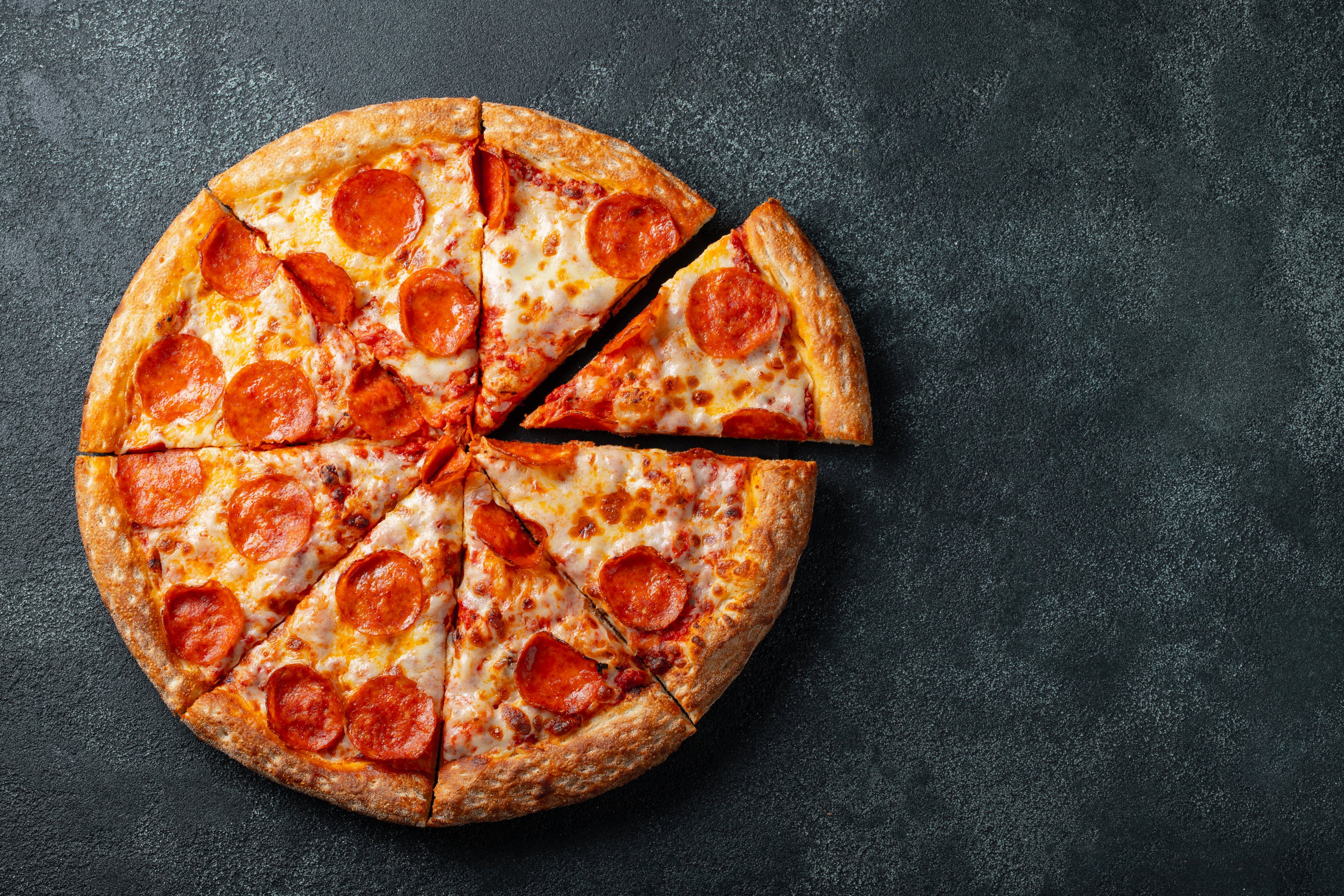All the news surrounding Domino's Pizza's (DPZ 1.50%) third-quarter 2019 report revolved around the company's revised long-term outlook.
The previous three- to five-year target for 8% to 12% average annual global retail sales growth was replaced with lower two- to three-year guidance. So was U.S. and international comparable store sales growth (foot traffic and transaction size at existing locations -- "comps" from here on) of 3% to 6%.
The new figures: 7% to 10% global retail sales growth, 2% to 5% U.S. comps growth, and 1% to 4% international comps growth.
I'm no more a fan of downgrades than the next investor. However, Domino's most recent outlook is getting seriously blown out of proportion. Many investors, especially the pundits reporting on investing, are missing the forest for the trees.
First, some raw numbers
Third-quarter results were a bit more sluggish than the year-to-date figures. The first half of the year yielded a combined 5% and 14% increase in revenue and adjusted earnings, respectively. In the third quarter, the top-line was up 4.4% while adjusted earnings per share were up only 5.1%.
More concerning, though, was another decrease in comps growth. In the U.S., the figure grew just 2.4%, compared with 6.3% in the same period in 2018 and 3% in the second quarter of 2019. As for overseas, comps were up 1.7% compared with 3.3% a year ago and 2.4% three months ago. Domino's made up the difference by continuing to open new stores -- a strategy it calls "fortressing," where it gets pizza ovens incrementally closer to consumers for the sake of convenience and quick delivery times. The company announced net new 214 locations during the quarter, bringing the global Domino's store count to 16,528.

Image source: Domino's Pizza.
Growth is growth, so what's the worry here? For one thing, Domino's stock isn't cheap. 12-month trailing price to free cash flow (money left over after operating and capital expenditures are paid) values it at 32.3 times, and one-year forward price-to-earnings is 23.5 as of this writing. Investors expect Domino's to keep delivering on the bottom line, and the new two- to three-year guidance calls into question just how much bottom-line the world's largest pizza chain can muster.
The bigger worry, though, has been how third-party delivery apps like GrubHub (GRUB +0.00%), DoorDash, and Uber (UBER +0.20%) Eats are chewing into Domino's independent delivery business. Management admits that it's a competitive landscape out there, and it's the primary reason for the lower outlook. However, that outlook is in need of some color.
Context, please...
Domino's is the dominant leader in delivery, but its fortressing strategy is paying off in another area: carry-out. Consumers picking up their orders at a nearby store were a big growth driver in the last quarter, according to management, and made up 45% of all retail sales. Carry-out is more profitable as it doesn't require a driver, and the total market is much larger than delivery.
Thus, while the delivery wars rage on with third-party services, Domino's isn't at a total loss. Besides, it's still handily besting the average restaurant. According to industry research group TDn2K, average comps here in the U.S. have slipped back into negative territory after mounting some much needed but slim positive numbers last year and early in 2019. Fierce competition from aggressive new store openings is the culprit.
|
Period |
U.S. Average Restaurant Comparable Store Sales |
|---|---|
|
Q1 2019 |
0.8% |
|
Q2 2019 |
0.2% |
|
July 2019 |
(1%) |
|
August 2019 |
(0.7%) |
Data source: TDn2K.
While a downgrade is nothing to get excited about, Domino's is doing far better than average as the hyper-competitive restaurant industry continues to give itself a black eye. If the pizza giant can put up the comps numbers it's forecasting in the next two- to three-year stretch, that would be quite OK with me.







